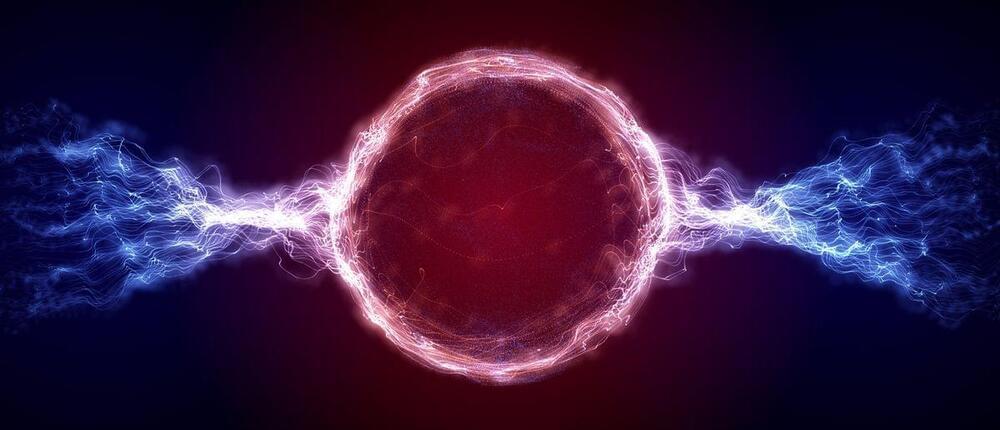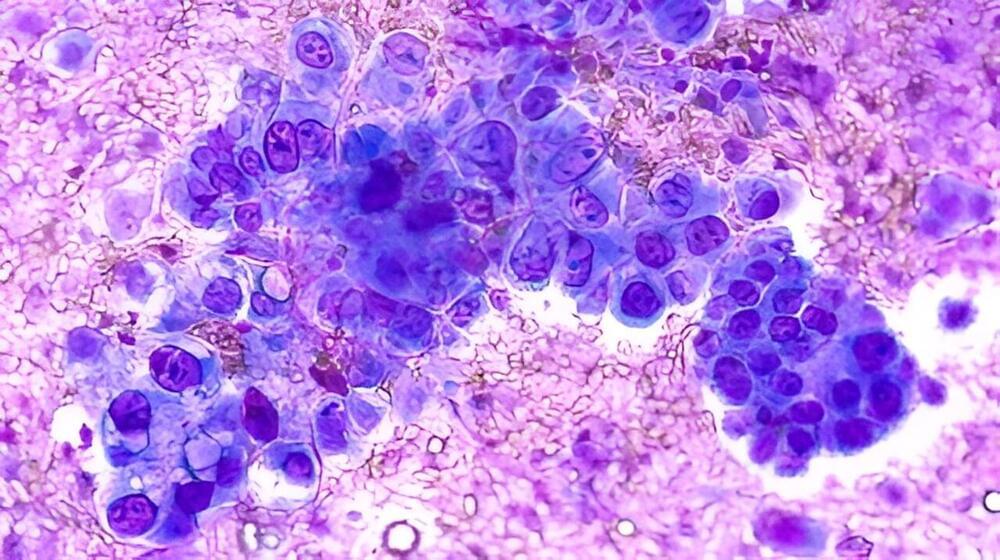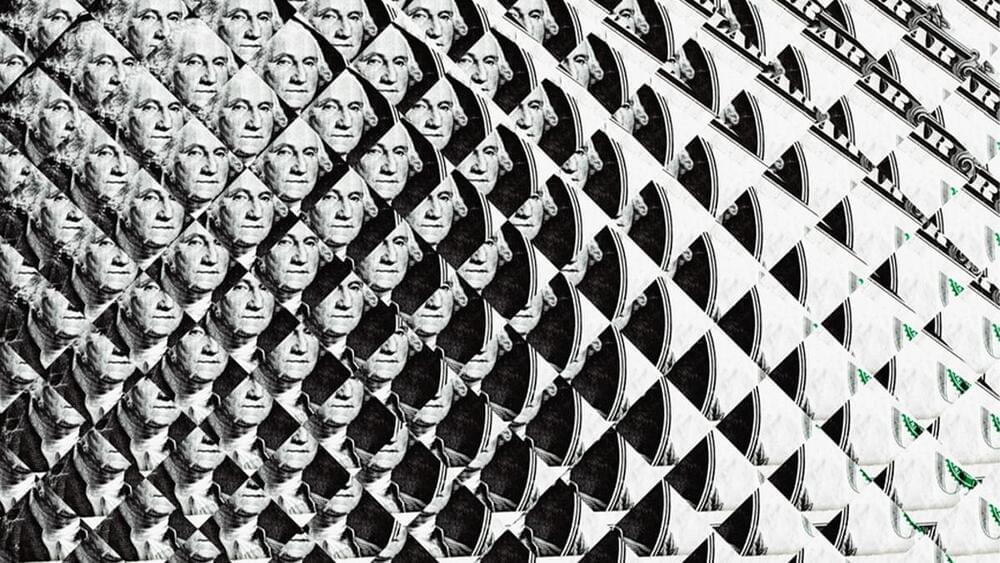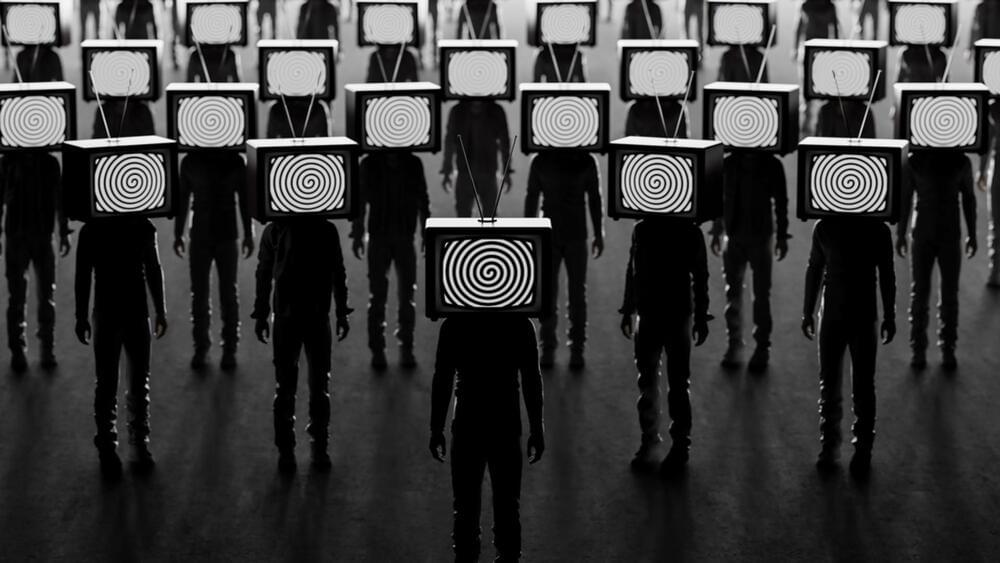And the results are even more spectacular.



Detecting extremely distant stars, or those closest in time to the big bang, can provide insights into the first few chapters of the history of our universe. In 2022, the Hubble Space Telescope broke its own record, and spotted the most distant star yet. This star, nicknamed Earendel, emitted its light within the universe’s first billion years.
Spotting, and confirming, the distance of the star is just the beginning, though. That’s where NASA’s James Webb Space Telescope comes in. Webb’s initial observations of Earendel have revealed insights into the star’s type, and even the galaxy surrounding the star. Future analysis of Webb spectroscopic observations of Earendel and its host galaxy, the Sunrise Arc, could also reveal information about brightness, temperature, and composition.
NASA’s James Webb Space Telescope has followed up on observations by the Hubble Space Telescope of the farthest star ever detected in the very distant universe, within the first billion years after the big bang. Webb’s NIRCam (Near-Infrared Camera) instrument reveals the star to be a massive B-type star more than twice as hot as our sun, and about a million times more luminous.

A protein famed among scientists and clinicians for its ability to suppress the development of many types of tumors may just be moonlighting as a cancer fighter, a recent study by researchers at Stanford Medicine found. The study, conducted in laboratory mice, suggests that the protein, p53, instead evolved to promote the repair of tissues and cells after injury.
The surprising finding is like learning that your favorite bit actor is actually an Oscar-winning director who dabbles in performance on the weekends.
“This turns what we thought we knew about p53 on its head,” said Laura Attardi, Ph.D., professor of radiation oncology and of genetics. “We need to consider that p53’s role as a tumor suppressor may be secondary to a more basic role in repairing damage to tissues.”

The hints pointing to two galaxies are found in the question mark’s strange shape. There are two brighter spots, one in the curve and the other in the dot, which could be the galactic nuclei, or the centers of the galaxies, Britt says. The curve of the question mark might be the “tails” being stripped off as the two galaxies spiral toward each other.
“It’s very cute. It’s a question mark … But you can find the colons and semicolons, and any other punctuation mark, because you have 10,000 little smudges of light in each image taken every half hour,” says David Helfand, an astronomer at Columbia University. The sheer number of shining objects we find are bound to create some serendipitous images, and our brains have evolved to find those patterns, he says.
Astronomers have seen similar objects closer to home. Two merging galaxies captured by the Hubble Space Telescope in 2008 also look like a question mark, just turned 90 degrees.

Plus: Worldcoin just officially launched. Why is it already being investigated?
AI language models have recently become the latest frontier in the US culture wars. Right-wing commentators have accused ChatGPT of having a “woke bias,” and conservative groups have started developing their own versions of AI chatbots. Meanwhile, Elon Musk has said he is working on “TruthGPT,” a “maximum truth-seeking” language model that would stand in contrast to the “politically correct” chatbots created by OpenAI and Google.
An unbiased, purely fact-based AI chatbot is a cute idea, but it’s technically impossible. (Musk has yet to share any details of what his TruthGPT would entail, probably because he is too… More.

The need for transparency around AI-generated content is clear, but the value of measures like watermarks is not.
A few miles away, White House aides and reporters scrambled to figure out whether a viral online image of the exploding building was in fact real.
It wasn’t. It was AI-generated. Yet government officials, journalists, and tech companies were unable to take action before the image had real impact. It not only caused confusion but led to a dip in financial markets.
In late May, the Pentagon appeared to be on fire.

Research roadblocks and political debates have delayed progress—but scientists are inching closer to delivering a cure.
Twenty-five years ago, in 1998, researchers in Wisconsin isolated powerful stem cells from human embryos. It was a fundamental breakthrough for biology, since these cells are the starting point for human bodies and have the capacity to turn into any other type of cell—heart cells, neurons, you name it.
National Geographic would later summarize the incredible promise: “the dream is to launch a medical revolution in which ailing organs and tissues might be repaired” with living replacements. It was the dawn of a new era. A holy grail. Pick your favorite cliché—they all got… More.
The isolation of embryonic stem cells in 1998 was a fundamental breakthrough for biology. But despite high hopes new medical treatments based on those stem cells haven’t materialized.

Summary.
What will artificial intelligence do to industries and jobs? For a preview, look to the finance industry which has been incorporating data and algorithms for a long time, and which is always a canary in the coal mine for new technology. The experience of finance suggests that AI will transform some industries (sometimes very quickly) and that it will especially benefit larger players. But it may not leave the overall system better off.
Page-utils class= article-utils—vertical hide-for-print data-js-target= page-utils data-id= tag: blogs.harvardbusiness.org, 2007/03/31:999.361588 data-title= What the Finance Industry Tells Us About the Future of AI data-url=/2023/08/what-the-finance-industry-tells-us-about-the-future-of-ai data-topic= Business and society data-authors= Mihir A. Desai data-content-type= Digital Article data-content-image=/resources/images/article_assets/2023/08/Aug23_09_5277464-383x215.jpg data-summary=
The sector is a test case for how new technology will play out.
Jeff Bezos’ e-commerce giant is set to rival Elon Musk’s Starlink service with its 3,200-internet satellite mega-constellation.
Amazon has announced it will now deploy its two Project Kuiper prototype satellites aboard a United Launch Alliance (ULA) Atlas V rocket this fall.
The satellites had been scheduled to launch on the debut flight of ULA’s Vulcan Centaur rocket. However, delays to the new rocket’s maiden flight and time constraints related to Federal Communications Commission (FCC) regulations have led to Amazon making the shift.
Project Kuiper, Amazon’s satellite broadband program, will launch two prototype satellites on an upcoming United Launch Alliance mission to test system performance in space.

Hypnotized LLMs can help leak confidential financial information, generate malicious code and even cross red lights.
Tech pundits worldwide have been fluctuating between marking artificial intelligence as the end of all of humanity and calling it the most significant thing humans have ever touched since the internet.
We are in a phase where we are unsure what the AI Pandora’s box will reveal. Are we heading for doomsday or utopia?